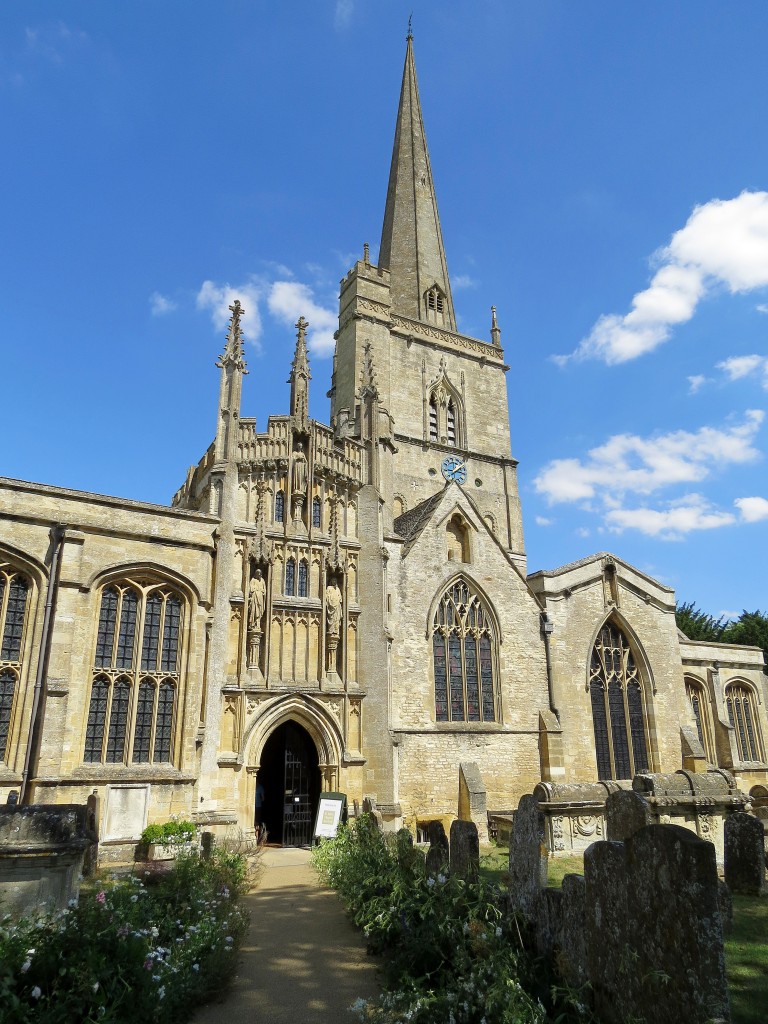It’s easy to forget what a role wool has played in the world’s development, partly perhaps we’re all so used to the many fibres, man-made and natural, that we have access to today. But, make no mistake, fortunes were once built on wool.

One illustration is the town of Ypres in Belgium, more famous today for its proximity to World War 1 cemeteries and the nightly Menin Gate Last Post ceremony. However, the Cloth Hall (Lakenhalle in Flemish, ‘laken’ being a type of high-quality woven woollen cloth) that faces the Market Square shows just how wealthy wool once made this place. The huge building was constructed in the 13th century – and reconstructed in the 20th century after the devastation of World War 1.
The ground floor consisted of halls with vaulted brick ceilings that were used for the sale and storage of goods and produce. Until the mid-1840s a small river flowed past one end of the building and small boats could make their way right up to the Cloth Hall from the Yser Canal to load and unload.

The upper floor halls were used by merchants as a banqueting hall, warehouses and meeting rooms. At the eastern end is a 17th century addition (again reconstructed in the 20th century) which contained a chapel, frescoes, stained glass windows and a fireplace, murals and a frieze illustrating the Counts of Flanders. Today, this is the Ypres Museum and includes an extraordinary modern stained-glass window by Arno Brys that pays tribute to the town’s mediaeval history, including the wool trade.
The English surname Fuller is associated with the production of wool, as are Weaver, Tucker and Walker. Fulling involves two processes: Scouring and milling (thickening) and was originally carried out by pounding the cloth with a club, or by the fuller’s hands or feet (hence Walker). In Roman times, Wikipedia tells me, fulling was done by slaves working the cloth while ankle deep in tubs of human urine (a liquid so important to fulling that it was taxed). For a demonstration of fulling (thank goodness it’s not smell-o-vision) English actor and keen historian Tony Robinson mastered his stomach and got into a vat (5:50).
From the medieval period, fulling was often carried out in a water mill, with the next step being to stretch the cloth on large frames known as tenters. It was attached to the frame by, you guessed it, tenterhooks, the origin of the expression ‘being on tenterhooks’.

England’s so-called Wool Towns, a title particularly applied to places in Suffolk and north Essex, came to prominence when weavers from Flanders settled there to escape The Hundred Years’ War (1337-1453). The wealth that then flowed in has left these villages and towns with beautiful buildings. Other places known as Wool Towns can be found in the Cotswolds and Yorkshire, among other areas.
From ancient times, people have wanted to add colour to their clothing and next week’s post will feature some of the plant dyes that have for centuries been used with wool: Woad (blue), indigo (blue), madder (red) and weld (yellow).
